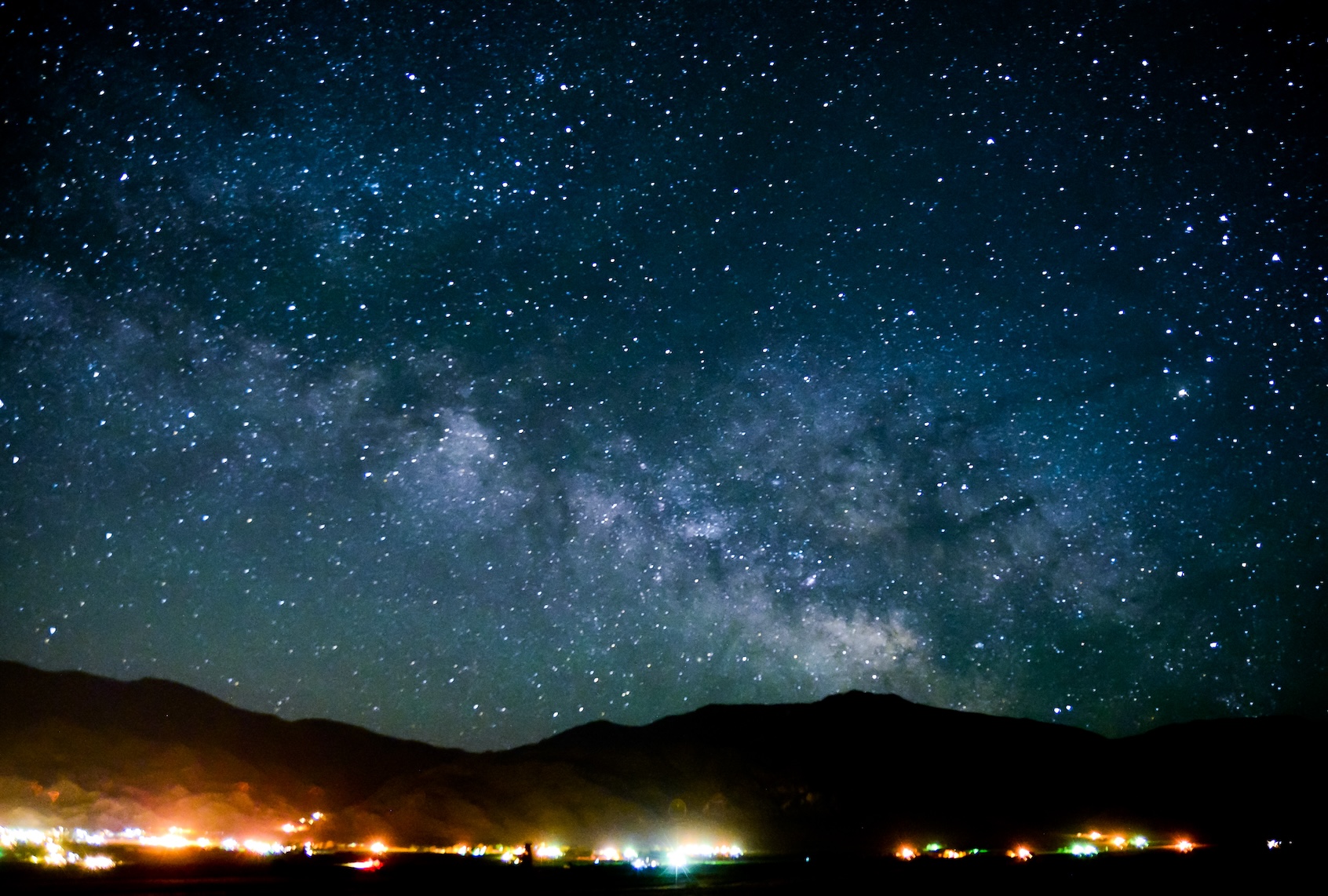Now Reading: Take back the night: Establishing a “right to darkness” could save our night skies
-
01
Take back the night: Establishing a “right to darkness” could save our night skies
Take back the night: Establishing a “right to darkness” could save our night skies

The vibrant Florida sunset had disappeared, and my extended family from different continents and countries gathered on Longboat Key beach to stargaze. In 1984, we were fortunate to witness a satellite passing by in the clear night sky, sparking excitement and awe among us.
Today, people still come together to observe Starlink satellites moving through the sky like a string of pearls. However, the increasing number of satellites has raised concerns among astronomers due to interference with telescopes and excessive brightness in the night sky. Light pollution from satellites and terrestrial sources, especially with the widespread use of LED lights, has become a growing problem, affecting not only stargazing but also human health and wildlife.
Efforts to regulate light pollution and protect dark skies are emerging, with dark sky preserves and certification programs gaining popularity. Advocates are exploring legal avenues, such as invoking the Rights of Nature, to address the impact of light pollution on ecosystems and human well-being. However, the lack of binding regulations and the dominance of property rights pose challenges to enacting effective measures to combat light pollution.
The detrimental effects of light pollution on biodiversity, human health, and the natural environment are increasingly recognized. From disrupting animal behavior to affecting plant growth and human sleep patterns, the consequences of excessive artificial light are far-reaching. The push for legal recognition of dark skies as a fundamental right is gaining momentum, although it faces obstacles in existing legal frameworks and societal mindsets.
As the world grapples with the consequences of light pollution, the movement for dark skies advocates for a paradigm shift in how we perceive and protect our nighttime environment. With growing awareness of the importance of preserving natural darkness and starry skies, the call for legal action to safeguard these invaluable resources is becoming louder.






